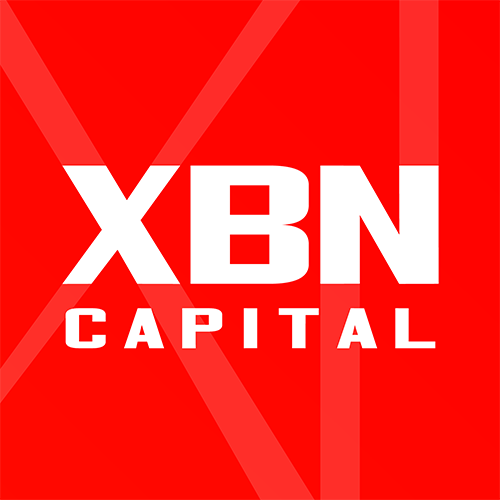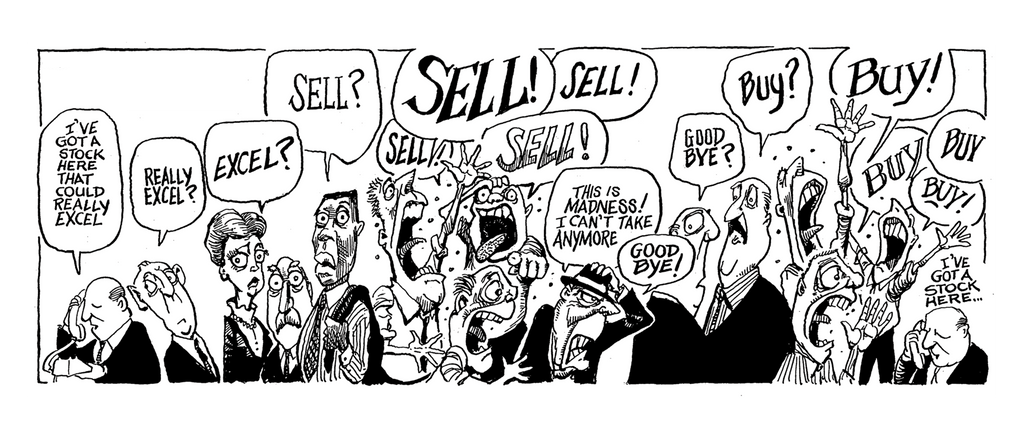Understanding Binary Options
Binary options are a simplified form of options trading. Options trading can be a little difficult to understand, but essentially when you trade options, you are buying or selling contracts that give you the right, or the obligation, to make certain asset trades in the future. Binary options remove much of this complexity, allowing you to bet on whether the value of an asset will be higher or lower than a target price by a given deadline. Simple, right? Let’s take a closer look at how binary options work and whether they make sense for your trading strategy.
Binary options — like all options — are a financial instrument based on the value of an underlying asset. This underlying asset can be a stock, a bond, a currency exchange rate or the price of gold. When you buy or sell binary options, you’re making a bet about the future price of the underlying asset.
What are binary options?
Let’s say the price of gold right now is $1,450 an ounce, and you think it will be higher than $1,500 by the end of the week. You could buy a binary option with a strike price of $1,500 and a deadline of Friday at 5:00 p.m. If the price ends up higher than $1,500 on Friday at 5:00 p.m., you would make money. If the price ends up at $1,500 or lower, you lose money.
How are binary options priced?
Binary options are priced between $0 and $100. Their value is based on how likely the underlying asset will be above the strike price by the option deadline. If the actual value of the asset is above the strike price at the deadline, then the option is worth $100. If it’s below the price, then the option is worth $0.
Before the deadline, the value of the option will fluctuate between $0 and $100, depending on how likely the final result looks. If it looks very likely that the final price will be above the strike price, then the option price will be closer to $100. If it looks unlikely, the price will fall closer to zero. If you own a binary option and want to get out before the expiration date, you can sell the contract to another investor at the current market price.
How do you buy and sell binary options?
When it comes to binary options, you can be either a buyer or a seller. Let’s go back to the example of gold going up to a value of $1,500. Imagine that the option currently trades at $45 — that means you’d pay $45 to bet that the price will end up higher than $1,500 by the deadline. If the price ends up higher, you’ll receive $100, giving you a profit of $55 (100 – 45 = 55.) If the price ends up at or below $1,500, your option value falls to $0, meaning that you’d lose your $45 investment.
On the other hand, if you think the price of gold will not be above $1,500, you could take the opposite position by selling the $45 option to another investor. This person would give you the money upfront, and if the price ends up below $1,500, you keep the $45 profit. If the price ends up above $1,500, you need to pay the option buyer $100, so your loss is $55.
Where can you trade binary options?
Of course in Exbina!

